Carlo Orsi offers a rich and multifaceted portrait of Spain at the end of the 1950s. His photographs capture both the grandeur of its historical monuments (such as the Cathedral of Ávila) and the endurance of centuries-old traditions (like a bullfighter training in Madrid’s Plaza de Toros), as well as scenes from everyday life—children playing on the sidewalks of Seville and fishermen returning from sea in Sanlúcar de Barrameda.
In the late 1950s, Francoist Spain entered a period of transition. After a long period of international isolation and a severe economic crisis caused by the regime’s autarchic policy, tentative steps toward openness began to emerge. A turning point came in 1953 with the signing of agreements with the United States, which brought foreign investment and economic aid. This alliance marked the beginning of Spain’s gradual reintegration into the international geopolitical landscape. Economically, the autarchic system had clearly showed its limits: inflation, unemployment, and widespread poverty forced the regime to reconsider its policies. This led to the first reforms that would culminate in the 1959 Stabilization Plan and the shift toward a market economy. Culturally, despite ongoing censorship, signs of renewal began to appear, particularly in the visual arts and cinema, foreshadowing the more dynamic cultural developments of the following decade.
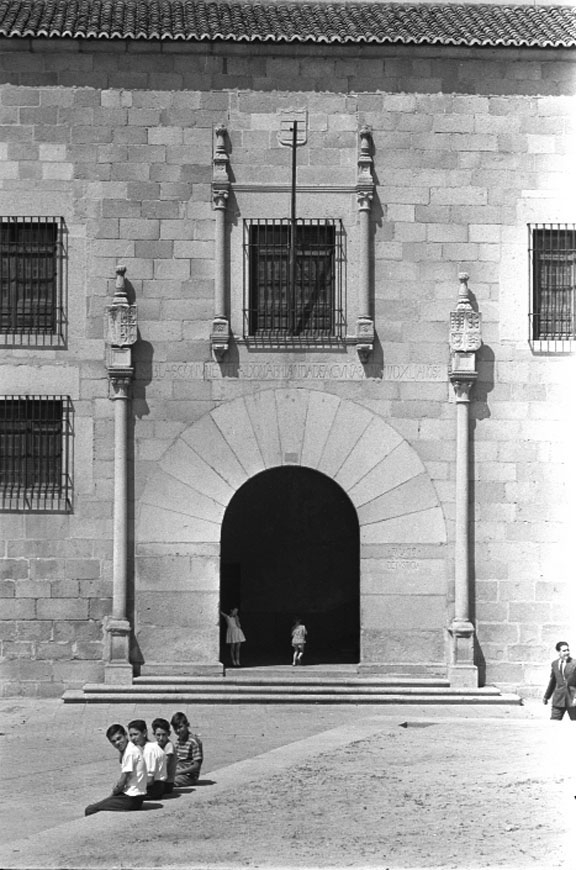
Carlo Orsi offers a rich and multifaceted portrait of Spain at the end of the 1950s. His photographs capture both the grandeur of its historical monuments (such as the Cathedral of Ávila) and the endurance of centuries-old traditions (like a bullfighter training in Madrid’s Plaza de Toros), as well as scenes from everyday life—children playing on the sidewalks of Seville and fishermen returning from sea in Sanlúcar de Barrameda.
In the late 1950s, Francoist Spain entered a period of transition. After a long period of international isolation and a severe economic crisis caused by the regime’s autarchic policy, tentative steps toward openness began to emerge. A turning point came in 1953 with the signing of agreements with the United States, which brought foreign investment and economic aid. This alliance marked the beginning of Spain’s gradual reintegration into the international geopolitical landscape. Economically, the autarchic system had clearly showed its limits: inflation, unemployment, and widespread poverty forced the regime to reconsider its policies. This led to the first reforms that would culminate in the 1959 Stabilization Plan and the shift toward a market economy. Culturally, despite ongoing censorship, signs of renewal began to appear, particularly in the visual arts and cinema, foreshadowing the more dynamic cultural developments of the following decade.
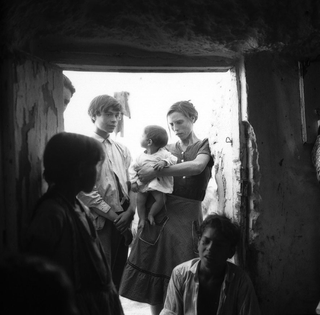

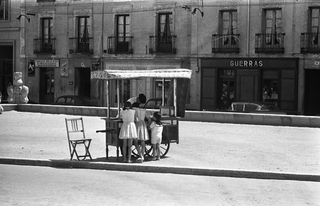


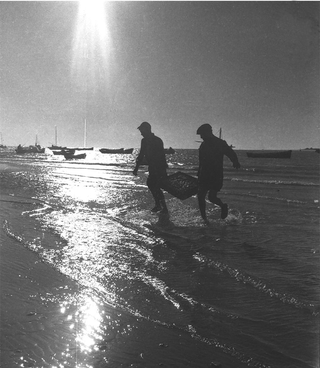
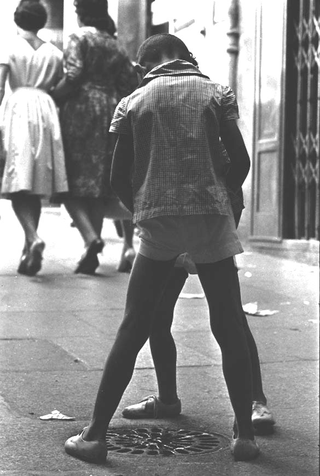
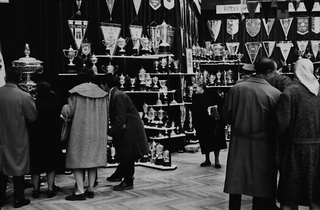
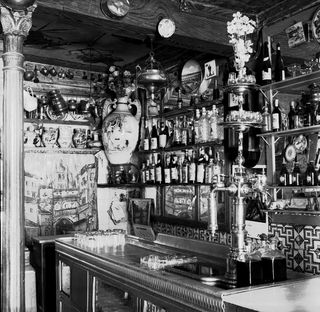
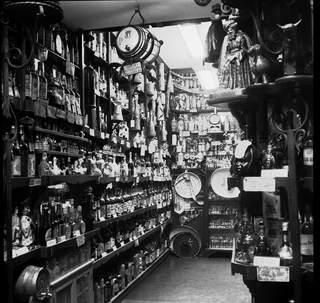
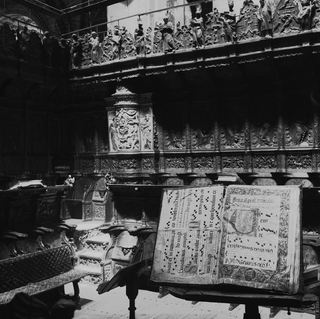

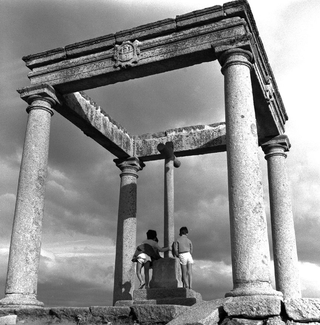
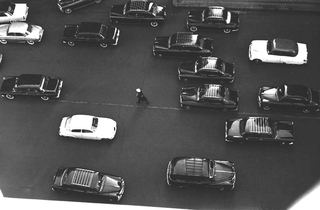
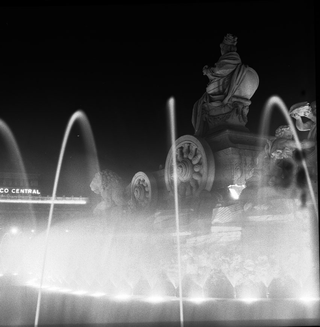
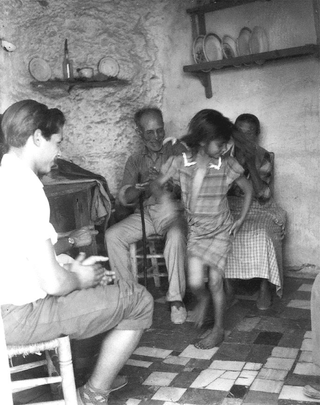
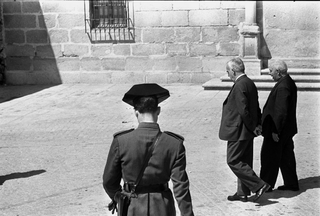

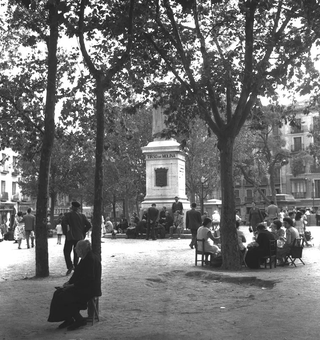
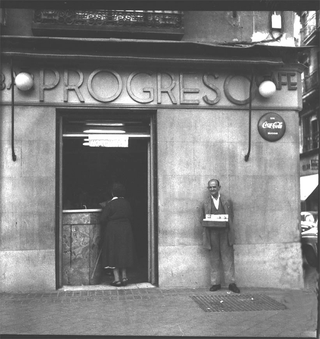
Social
Contatti
archivio@carloorsi.com